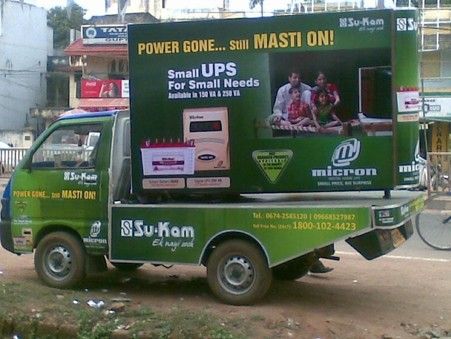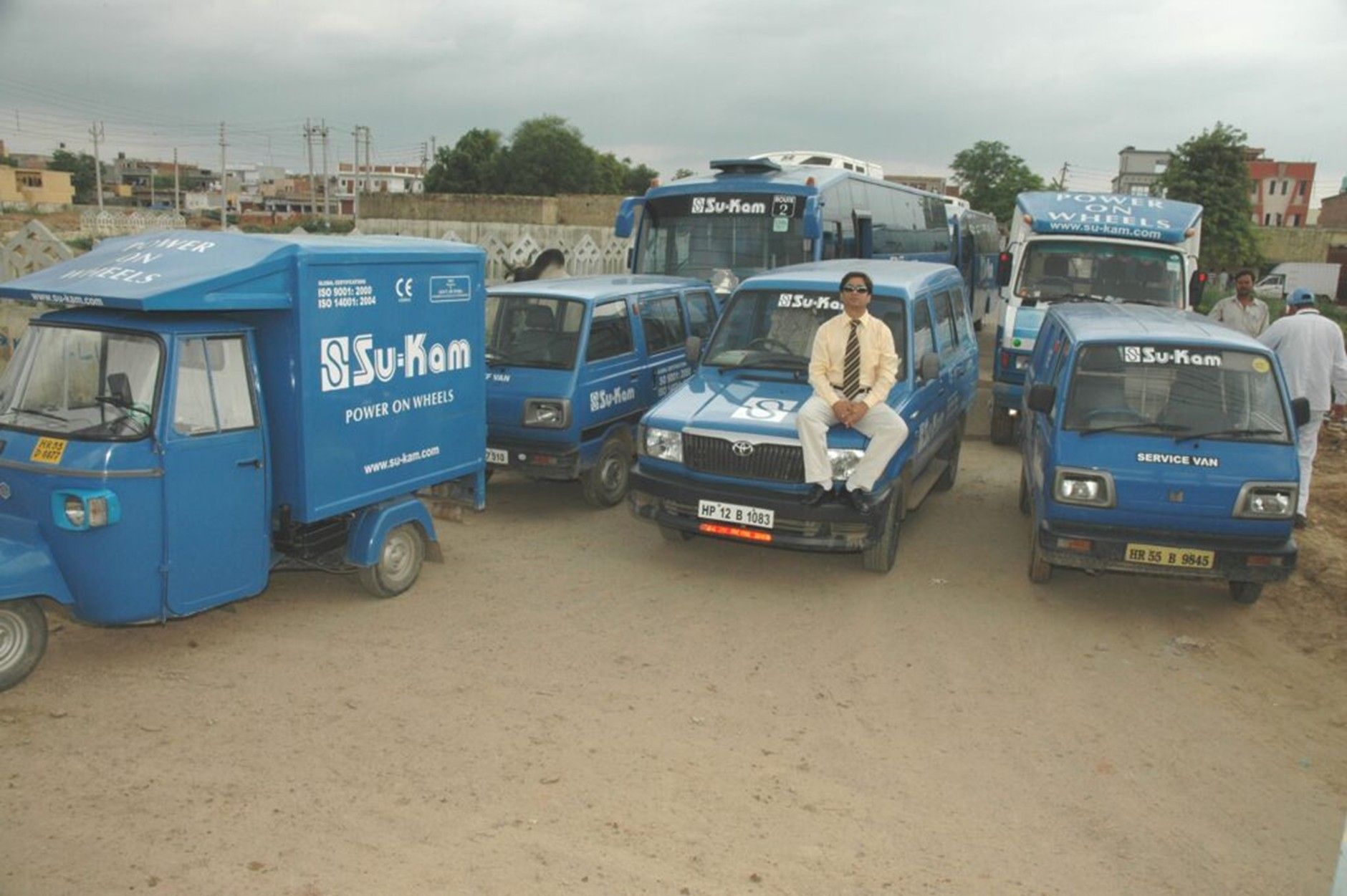Beyond Traditional Marketing: Su-Kam's "Power on Wheels" Blueprint for Industry Disruption.
I remember the day Kunwer Sachdev first scribbled the "Power on Wheels" concept on a whiteboard in his office. A truck… an inverter… batteries… all rumbling across India. My first thought, if I'm being brutally honest, was, "Has he finally lost it?" It sounded like a logistical nightmare, a surefire way to bleed money. We were a growing company, yes, but a 100kW inverter strapped to a truck? It felt like overkill, a flamboyant gesture that wouldn't translate to actual sales.
The practicalities alone seemed insurmountable. Who would drive this behemoth across our chaotic roads? Finding a reliable driver for a regular delivery truck was a headache enough; imagine the responsibility of entrusting someone with this mobile power plant. And a helper? Someone who understood even the basics of what was on board. It felt like searching for a needle in a haystack. The cost of fuel alone made my stomach churn. Every kilometer this "Power on Wheels" covered was another dent in our marketing budget, a budget that could have been used for more conventional, and in my mind, safer, avenues. This idea was the culmination of the success of small van created by him for real demo of small inverters in small cities and villages which was a very successful mission.

I voiced my concerns, of course. Tentatively at first, then with increasing urgency as the project gained momentum. "Mr. Sachdev, are we sure about this? The logistics… the manpower… the sheer expense…" He'd just smile that knowing smile of his, a glint in his eye that always hinted at something I wasn't quite seeing yet. "Trust me," he'd say, that unwavering conviction in his voice that was both inspiring and, frankly, a little unnerving.
The initial days of the tour were… quiet. Reports trickled in – the truck had reached this city, demonstrated to a handful of dealers. My skepticism remained stubbornly entrenched. I'd glance at the expense reports, the fuel costs, the driver's allowances, the helper's daily wages, and a little voice in my head would whisper, "I told you so."
Then, something shifted. The reports started to change. Dealers, initially hesitant, were now sending enthusiastic feedback. They were seeing the sheer power firsthand, the kind of capacity they hadn't even considered possible with inverters. The visual impact of the truck itself, this mobile testament to Su-Kam's ambition, was turning heads and opening doors.
I remember one dealer from the South calling, his voice buzzing with excitement. He'd closed several high-value deals on the spot, simply because customers were awestruck by the demonstration. They weren't just buying an inverter; they were buying into a vision, a belief in Su-Kam's capabilities.
Slowly, grudgingly, my perspective began to change. What I had dismissed as a wasteful extravagance was, in fact, a masterstroke. The "Power on Wheels" wasn't just showcasing a product; it was shattering a mental barrier. It was making the impossible tangible, the abstract real. The initial challenges with drivers and helpers, though real, were eventually overcome, fueled by the sheer momentum and the positive buzz the initiative was generating.

Looking back now, I feel a sense of sheepish admiration. Mr. Sachdev saw something I didn't. He understood that sometimes, you need to be audacious, to take a leap of faith, to literally drive your message home in a way that no advertisement or brochure ever could. The "Power on Wheels" truck, that initial source of my worry, became a symbol of Su-Kam's daring spirit, a rolling testament to the power of thinking outside the box. It wasn't just a truck; it was the catalyst that propelled Su-Kam into a different league, etching its name in the minds of dealers and customers alike. And I, the cautious colleague who once saw only wasted money, had to eat my words, served with a generous helping of humble pie.